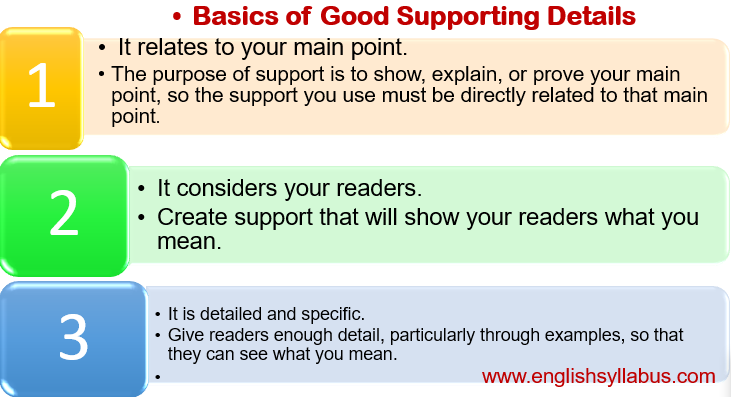Definition of Main Idea
The main idea of a passage is the main point or primary message that the author is trying to convey. It is the main argument or theme that the passage is attempting to communicate to the reader. The main idea is often stated directly in the passage, but it can also be implied or inferred from the details and examples given in the text. It is important to understand the key idea of a passage in order to fully grasp the meaning and purpose of the text.
The central idea often occurs in the first or last sentence of a paragraph. In essays, for example, the thesis statement is frequently one phrase long. It also comprises many more phrases relating to the Topic Sentence (typically the first or last) in an opening paragraph.
Basic Qualities Of Main Idea
- It’s the right size for the purpose.
- It expresses a single principal idea or viewpoint on a subject.
- It is distinct.
- It’s one that you can justify, explain, or exemplify.
- It’s a powerful statement.
Difference between Main Idea and Thesis Statement
A paragraph’s main idea is substantially shorter than an essay’s thesis statement. Because a paragraph is shorter, it allows for fewer ideas to be developed. An essay, on the other hand, is longer, with multiple paragraphs and a variety of in-depth material. There are numerous essential characteristics of a good idea (leading) or Thesis Statement. Because it provides readers with particular information that allows them to understand the writer’s main argument.
A main idea appears in every good piece of writing. It’s about the writer’s perspective on the subject or what the writer intends to convey to the readers about the subject. The writer expresses the primary argument through a major idea (for a paragraph) and a thesis statement (for an essay).
Difference between Main Idea and Supporting Details
The main idea of a passage is the primary point or direct message that the author is trying to convey, while the supporting details are specific examples, facts, or pieces of information that help to explain, develop, or illustrate the principal sentiment.
In other words, the major idea is the big picture or primary argument, while the supporting details are the specific pieces of evidence that help to support or bolster that argument.
The relationship between the main idea and the supporting details is one of cause and effect. The principal idea is the cause or driving force behind the passage, while the supporting details are the effect or consequences that result from that driving force.
The central idea and the supporting details work together to create a cohesive and well-developed argument or message in the passage.
So, the collection of examples, facts, and information that support a statement is referred to as supporting details. Because they demonstrate, explain, or prove the whole point in various ways, depending on what we’re reading.


